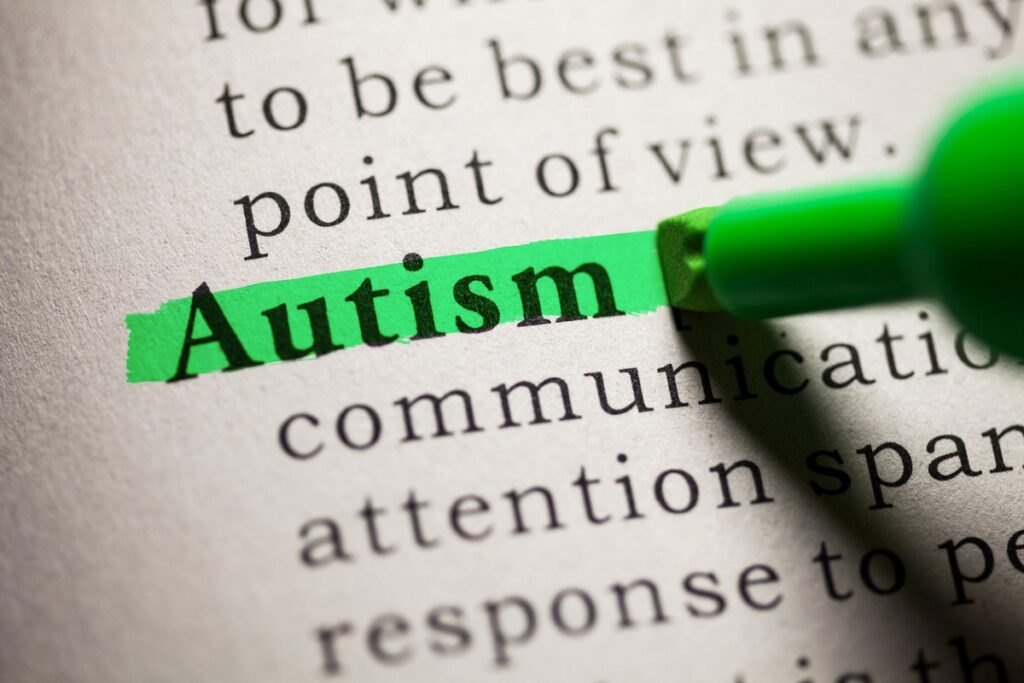Employing an individual on the autistic spectrum can be culturally enriching and develop unique communication skills amongst colleagues and managers, who work alongside employees on the autistic spectrum. However, let’s be realistic, until this point is reached, it can be challenging, leading to stressful situations and a real fear of the dreaded word “tribunal”. With personalised, specialist support it does not need to be this way.
When it goes right, managers and colleagues learn how to communicate in new ways; ways that will improve work quality, efficiency and productivity for all members of an organization (including customers, suppliers and partners.) HR professionals can then tap into this largely undiscovered workforce, rich with diverse skills and strengths.
Autism and Aspergers are categorised as lifelong developmental conditions and therefore do not necessarily need the same approach as mental health matters or learning difficulties.
The current model for assessing appropriate support is based around a triad of difficulties: social interaction, social communication and flexibility of thought i.e. a lack of empathy, a restricted capacity for hypothetical thinking and an excessive resistance to changes in routine.
The impact of such difficulties upon employment and retention is aptly illustrated in the statistics below:
- 16% are in full-time paid work. Only 32% are in some kind of paid work (full and part-time combined), compared to 47% of disabled people and 80% of non-disabled people (NAS 2012)
- 43% have left or lost a job because of their condition (NAS, 2012)
- 79% of people with autism on out-of-work benefits want to work (NAS, 2012)
- Adults with autism should be offered individualised support if they are having difficultly maintaining employment (NICE, 2012).
- On average HR and management will spend 18 days on a disciplinary and 14 days on a grievance (CIPD, 2011).
You can clearly see as a society, that we are failing a whole group of people who are not only capable of working, but really want to work as well.
Many people on the spectrum succeed in education, acquiring and using coping strategies developed to survive in the school environment.
However, when they move in to the workplace these strategies are no longer efficient, effective or appropriate and can cause problems. Reframing these strategies in a workplace context is essential; try getting answers to these three simple questions as a starting point:
What? Why? How?
- Ask the individual: what’s the positive intention of their current behaviour:
- Why is it inefficient now, and
- How can you change the behaviour, to satisfy the intention and to be effective in a workplace?
Some common issues Autism Success Formula support are:
Sensory issues in an office are often the quickest and easiest issues to resolve and can make the biggest difference.
Individuals on the spectrum can be hyper or hypo sensitive to visual, auditory, kinesthetic, olfactory and gustatory stimuli.
The following are regular considerations that need to be addressed in order to reduce a sensory/distractibility-induced level of anxiety:
- Look at desk placement within the office: Is hot desking essential? Is there a heavy foot fall past that desk?
- Where is the light coming from and what type?
- How loud is that part of the office? Is there any equipment such as noisy air conditioning vents close?
- Engage with the employee; don’t make assumptions, however well-intended. They have lived with these sensory issues throughout their lives, warts and all!
Breakdown in relationships between individuals and their colleagues/managers:
People on the spectrum may have difficulties instinctively understanding the unwritten and social rules of the workplace, often laid out by neurotypicals (N.Ts is a label given to those not on the spectrum).
Neurotypicals have their own distinct set of emotional needs, which can be in contrast or even conflict with the needs of an autistic individual e.g. In the mornings if we say hello we expect and need a hello back. We do not want to give offence or feel offended.
Breaking down the barriers and developing understanding and acceptance of the communication differences within autism and between colleagues in the workplace is the only way to succeed and achieve positive and sustainable change.
Encouraging open and honest communication is key to creating an inclusive culture. Be honest. Don’t avoid those tricky questions. An independent/specialist third party will be helpful.
Dealing with failing productivity and capability questions
The balancing act of managing an individual versus infringing their rights as a disabled person is a daunting concern.
In our experience this is usually the stage at which HR engage some specialist support: in practice being involved at the induction stage is far more time and cost-effective and efficient.
Passing probation
As with any hidden disability invariably disclosure will make things better for the individual. You are able to have an open and honest conversation around how to best communicate. Interim and discreet feedback relating to progress against successful completion is of great benefit.
A basic communication profile can be created with things that will help and things that won’t help. Any reasonable adjustments such as simply engaging primarily through emails, rather than phone calls or committing to 10 minutes de-clutter time at the end of the each day can clear the way for a fresh start each morning.
According to ACAS: “Employers who get it right and invest properly in induction often succeed in creating a positive sense of loyalty and attachment in new staff. Those who get it wrong can foster negative feelings of disappointment and resentment that never really disappear – leading to loss of productivity and possibly an early resignation. Eight out of ten staff who leave organisations are new employees.”
Think about your induction and probation procedures. Do they encourage disclosure? Do they celebrate differences? How are your processes personalized?
In future articles, we will discuss how to support, where the individual either doesn’t have a “label”, or does not want to disclose.










